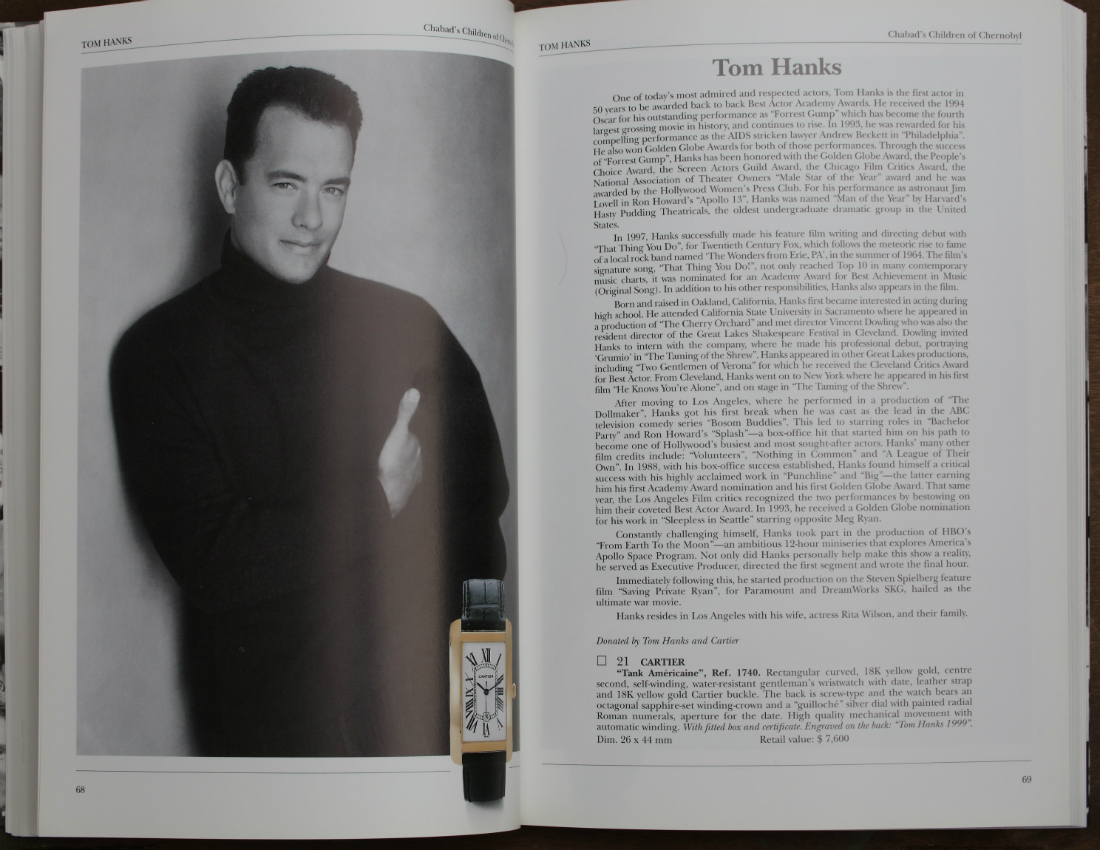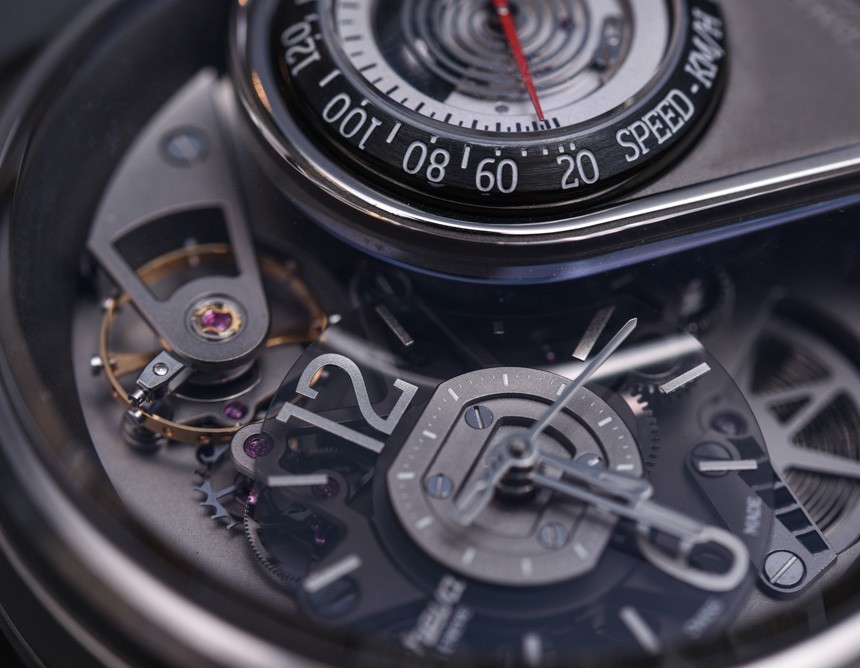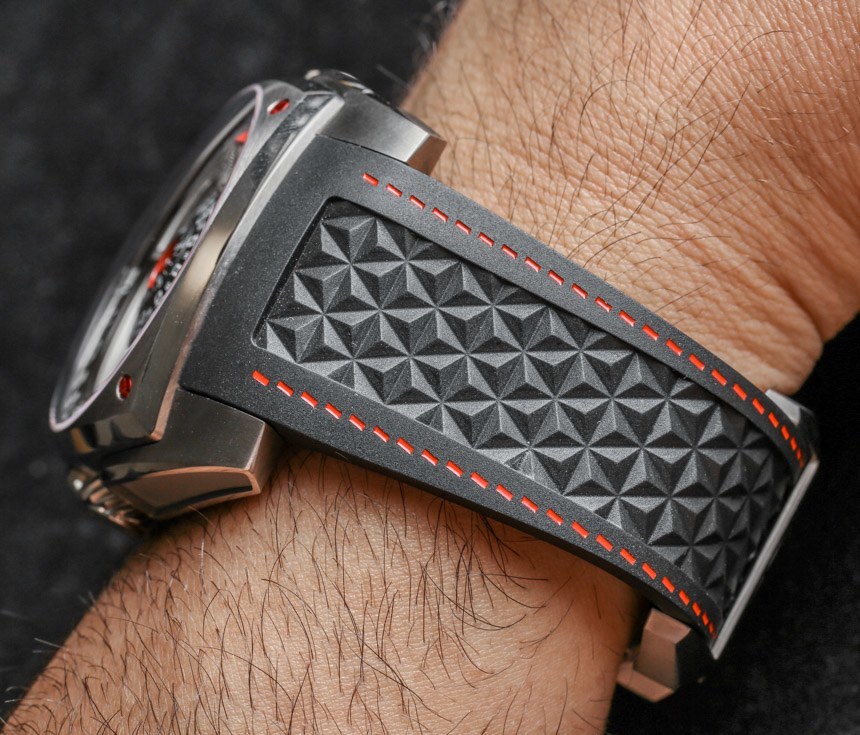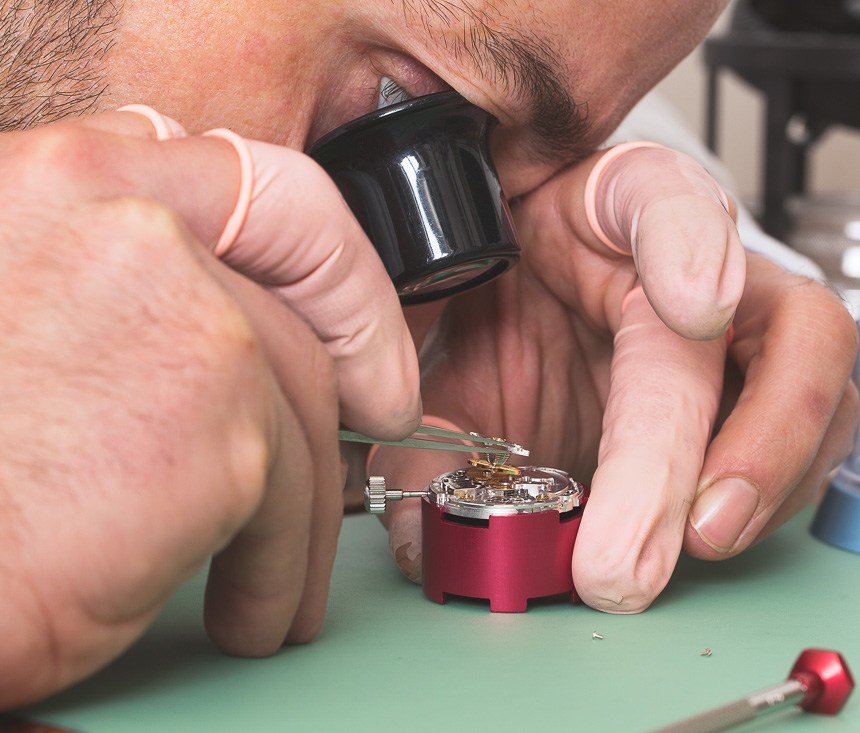
Too often, stories about watches, especially historic ones, are made up. Sometimes the people selling the watches don’t even know whether the stories they’re telling are actually accurate. There are also unscrupulous salespeople looking for ways to deceive unsuspecting targets. These people can come up with fake histories about a watch or even add or replace parts in a watch that make them no longer authentic.
Such sellers are also guilty of regularly manipulating buyers into feeling as though they are purchasing an “important” watch or something which is particularly meaningful in some historical context. It isn’t that these special watches don’t exist, but rather that they are exceedingly rare and thus rarely circulate on the market. Just because a celebrity allegedly owned a watch usually doesn’t mean that the watch itself is worth more. Of course, some collectors enjoy the idea of owning things previously owned by famous people, but when that aspect of the watch overshadows tangible factors like its quality, there’s a problem.
I generally advise people to avoid watches with value derived from a story (such as celebrity ownership) because these stories can be too easily made up. There are some excellent stories out there that make good watches even more valuable, but these watches aren’t usually regularly available to common consumers. The best thing to do is to buy a watch that has value grounded in something real, and if you do particularly enjoy a story, you need to independently confirm and validate it.

Complicated Watches From Dead Brands
We mourn many old, interesting, and innovative high-end watch brands that simply couldn’t back up their creative spirit with business acumen. Unfortunately, when a watch company goes under, it tends to cause problems for customers if that company is the only one who knows how to make and/or fix their products. Therefore, my advice is to avoid buying mechanically interesting and complicated watches manufactured by companies that are no longer around.
The risk is that if it breaks, you might have no options to fix it—and even if you do, it might be very expensive. Mechanical watches are, at their core, small machines, so they can break and will often need servicing. If you buy something with a complicated mechanism produced by a brand that hasn’t been active for years, who can fix or service the watch?
Some brands that went under have maintained relationships with watch service professionals to ensure that clients who did purchase their watches can have them readily serviced. Thus, just because a brand is no longer around doesn’t mean you are immediately out of luck when trying to fix a watch from said brand. Still, it’s a long shot.
With that said, there are plenty of luxury watches from brands that no longer exist that are safe to purchase and enjoy. Usually, these watches have movements produced by third parties, such as ETA. Most watchmakers could easily service these types of common movements. However, if you buy watches that have exotic, in-house movements with many complications, it’s a lot harder to find someone who can expertly repair it. Thus, I mostly suggest to people that if they buy vintages watches, they should turn to ones with more common movements for their reliability. Complicated watches can be fun, but they’re sometimes not worth the hassle.

Watches That Hurt While On Your Wrist
In the past, I’ve refused to review watches on aBlogtoWatch because they actually hurt too much while wearing them. This doesn’t entail watches that are simply uncomfortable, but rather those that actually hurt to wear. I like to call them a “WTD,” or “wrist torture device.” My advice, therefore, is to avoid watches that are so uncomfortable they hurt to wear.
The obvious reason is because you won’t actually wear an uncomfortable watch, which sort of defeats the point of spending money on a luxury item. It is actually very easy to find watches that you enjoy aesthetically, but when you wear it, it’s painful. Oftentimes, a watch will not feel uncomfortable until after you’ve worn it for a while. The good news is that “a while” can mean just a few minutes, so this is something you can test even in a retail store environment.
You should love and want to wear your luxury timepiece, which is why uncomfortable watches are so sad. You can’t always blame the product designer for an uncomfortable watch because varying human wrist anatomy can mean that my WTD is totally painless for someone else. Different people can have different experiences wearing the same watch, so comfort can be entirely subjective.
How can you test if a watch is going to be so uncomfortable that you won’t want to wear it? A good place to start is to put the watch on your wrist snugly enough so that it doesn’t move up and down the length of your wrist. Then simply walk around for a few minutes and act as if you were performing ordinary activities. Even if you don’t notice any discomfort, take the watch off and inspect your wrist. You might find areas where parts of the watch or strap are pressed into your skin and causing red spots. Over time, wearing a watch like this can cause a lot of discomfort (and life is also too short to wear uncomfortable watches).
After a while of trying on various types of watch sizes, collectors tend to be good at predicting what will and will not suit their particular wrist anatomy. The sad thing is that sometimes you fall in love with a watch’s design, but it’s just too uncomfortable. When this happens, hope is not always lost. One of the most simple and effective ways of making a watch better suit your wrist is to, if possible, change the strap.
Uncomfortable watches are uncomfortable mostly because the strap isn’t able to properly conform to the specific shape of your wrist, which usually happens when a strap is too stiff. The solution is to simply find a more high-quality strap. People can be amazed by the difference in both aesthetics and comfort a simple strap change makes.
Avoid buying luxury watches that are painful to wear because you’ll end up hating the watch while you wear it. Changing the strap isn’t always an option, as many watches these days feature proprietary strap systems that only accommodate a few limited strap or bracelet options. In any event, given that your goal with any luxury timepiece should be to enjoy it, wear it, and show it off, don’t negatively impact your experience by choosing to wear something painful.

